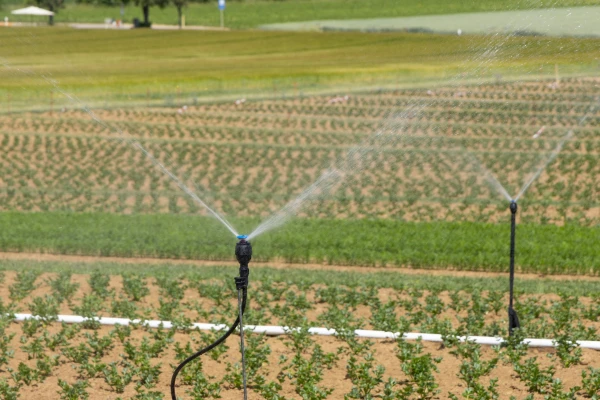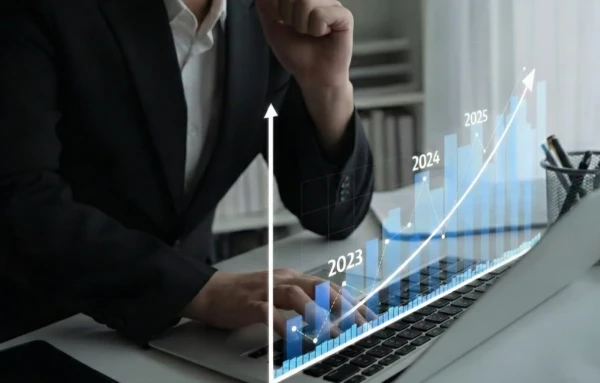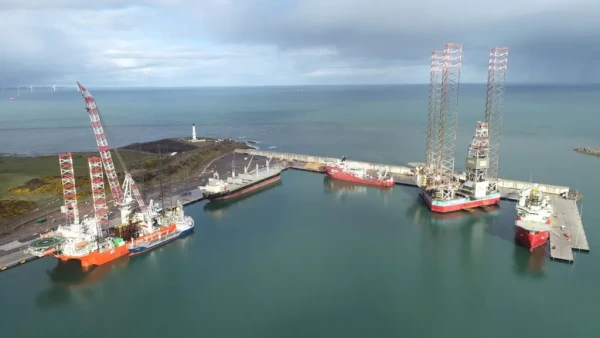Our Views
Feasibility study of solar PV projects: Key components
Welcome to our series of articles on feasibility studies.
- What is a Feasibility study?
- What is a bankable feasibility study?
- How to do a feasibility study?
- Feasibility study consultants: expertise needed
- Cost of a feasibility study
- Car Park Feasibility Study: Key considerations
- Hotel Feasibility Study: Methodology
- Feasibility study of solar PV projects: Key components
- Feasibility study of real estate developments
- Feasibility study of marina projects
In this post we will highlight all the key components of a feasibility study of a solar photovoltaic project.
Introduction
In an era where sustainable energy sources are gaining prominence, solar photovoltaic (PV) projects have emerged as a promising solution to meet the world's growing energy demands. However, before embarking on such projects, a comprehensive feasibility study becomes imperative. This blog post aims to delve into the key components of a feasibility study for solar PV projects, with a focus on technical and economic analyses. Additionally, we will touch upon other essential considerations such as environmental, social, and commercial analyses, highlighting their significance in ensuring the success and sustainability of these projects.
Technical Analysis
The technical analysis forms the foundation of any feasibility study for solar PV projects. It involves assessing the technical aspects of the project, including site selection, solar resource assessment, system design, and performance evaluation. Site selection plays a crucial role in determining the project's viability, considering factors such as solar irradiation levels, shading, land availability, and grid connectivity. Accurate solar resource assessment helps estimate the energy generation potential, ensuring optimal system sizing and performance.
1. Site Suitability
Determining the suitability of a site is paramount for the success of a solar PV project. Factors such as solar irradiation levels, shading analysis, land availability, and proximity to the grid infrastructure need to be thoroughly assessed. Advanced tools like Geographic Information System (GIS) can aid in identifying optimal locations for solar PV installations.
2. Solar Resource Assessment
Accurate assessment of solar irradiation levels is crucial for estimating the energy output of a solar PV system. Historical weather data, satellite imagery, and ground-based measurements are utilized to determine the solar resource potential of the site. This analysis helps in optimizing the system's capacity and predicting its performance.
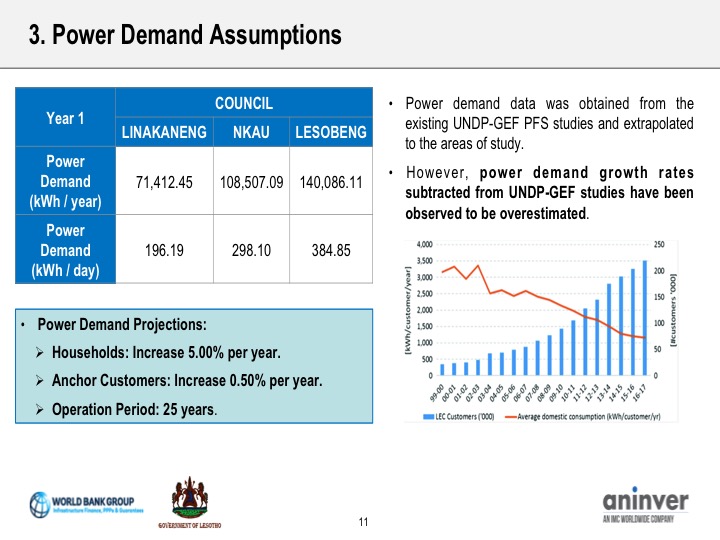
Power demand assumptions in Solar Feasibility study. Source: Aninver
3. System Design
The design of a solar PV system encompasses various components, including solar panels, inverters, mounting structures, and balance of system (BOS) equipment. The feasibility study should outline the most suitable system configuration based on the site's characteristics, energy demand, and budget constraints. Factors like panel orientation, tilt angle, and shading mitigation techniques are considered to maximize energy generation.

Analysis of technical alternatives in Solar Feasibility study. Source: Aninver
4. Performance Analysis
Evaluating the performance of a solar PV system involves analyzing its energy yield, capacity factor, and overall efficiency. Simulation software can model the system's behavior under different weather conditions, enabling accurate predictions of energy generation. Performance ratios like Performance Ratio (PR) and Performance Index (PI) are calculated to assess the system's reliability and effectiveness.
Economic Analysis
The economic analysis is a critical component of the feasibility study, as it determines the financial viability and attractiveness of solar PV projects. It involves assessing the project's costs, financial projections, and potential revenue streams.
1. Cost Analysis
A comprehensive cost analysis considers both the initial investment and the operational expenses associated with a solar PV project. It includes the costs of equipment procurement, installation, grid connection, maintenance, and decommissioning. Accurate cost estimation is crucial for determining the project's financial feasibility and securing funding.
2. Financial Incentives
Government policies and incentives play a vital role in promoting solar PV projects. The feasibility study should explore available subsidies, tax benefits, feed-in tariffs, and net metering schemes. These incentives can significantly impact the project's financial viability and enhance its attractiveness to investors.
3. Revenue Streams
Identifying potential revenue streams is essential for assessing the project's profitability. Solar PV projects can generate revenue through electricity sales, power purchase agreements (PPAs), carbon credits, or participation in renewable energy certificate (REC) markets. The feasibility study should analyze the market dynamics and potential revenue streams to estimate the project's financial returns.
4. Return on Investment (ROI)
Calculating the ROI is crucial for determining the financial attractiveness of a solar PV project. It involves comparing the project's net present value (NPV) with the initial investment. Factors like project lifespan, discount rate, and inflation are considered to assess the project's long-term financial viability. Sensitivity analysis can also be performed to evaluate the project's resilience to changing market conditions.
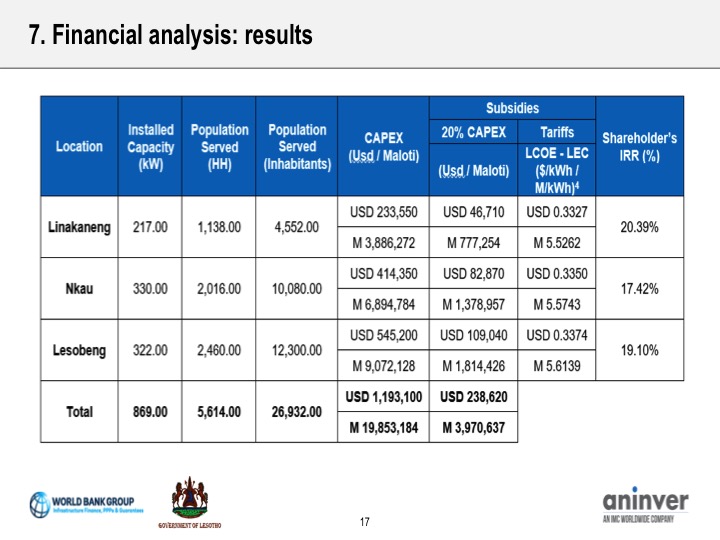
Analysis of financial results in Solar Feasibility study. Source: Aninver
Other Considerations
While technical and economic analyses form the core of a feasibility study, other analyses are equally important to ensure the project's sustainability and alignment with broader goals.
Environmental analysis evaluates the project's potential environmental impacts, such as land use, water consumption, and carbon emissions. It helps identify mitigation measures and ensures compliance with environmental regulations and sustainability standards.
Social analysis assesses the project's social implications, including job creation, local community engagement, and social acceptance. Understanding and addressing social concerns are crucial for fostering positive relationships with local stakeholders and ensuring the project's long-term success.
Commercial analysis involves evaluating the market dynamics, competition, and potential risks associated with the project. This analysis helps in identifying market opportunities, developing a robust business model, and mitigating potential risks through effective risk management strategies.
Benefits of Conducting a Feasibility Study
A. Risk Mitigation: Feasibility studies identify potential risks and challenges associated with solar PV projects, allowing stakeholders to develop risk mitigation strategies. This proactive approach minimizes project delays, cost overruns, and unforeseen obstacles.
B. Financial Viability: By conducting a thorough economic analysis, feasibility studies provide a clear understanding of the project's financial viability. This information is crucial for attracting investors, securing financing, and ensuring the project's long-term sustainability.
C. Optimal Design and Performance: Technical analysis within feasibility studies ensures that solar PV projects are designed to maximize energy generation and performance. This optimization leads to higher energy yields, increased project efficiency, and enhanced return on investment.
D. Environmental and Social Sustainability: Feasibility studies enable the identification and mitigation of potential environmental and social impacts, ensuring that solar PV projects align with sustainable development goals. This approach fosters positive community engagement, minimizes environmental harm, and promotes long-term project sustainability.
Conclusion
A comprehensive feasibility study is essential for the successful implementation of solar PV projects. By focusing on key components such as technical and economic analyses, stakeholders can make informed decisions, ensuring optimal system design, financial viability, and long-term sustainability. Additionally, considering other analyses such as environmental, social, and commercial aspects helps in addressing broader concerns and maximizing the positive impact of solar PV projects. As the world transitions towards a greener future, conducting thorough feasibility studies will play a pivotal role in unlocking the potential of sustainable energy through solar PV projects.
Remember, at Aninver Development Partners, we specialize in providing expert guidance and conducting feasibility studies for solar PV projects. Contact us today to learn more about how we can assist you in realizing your sustainable energy goals. See example below:
Pre-feasibility Study of solar mini-grid project in Lesotho
Contact us if you need help with your car park project. We are specialists in feasibility studies and act as transaction advisors.

